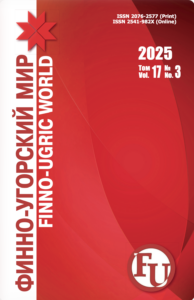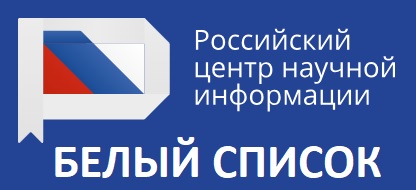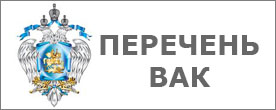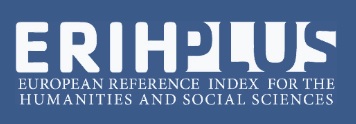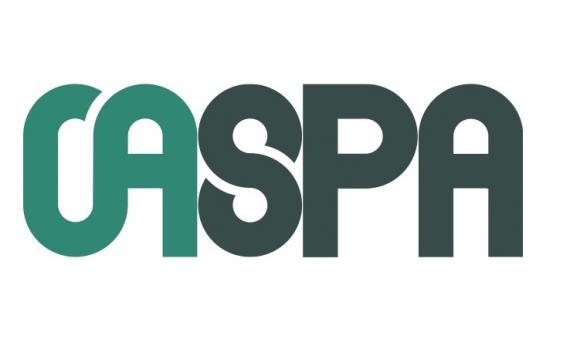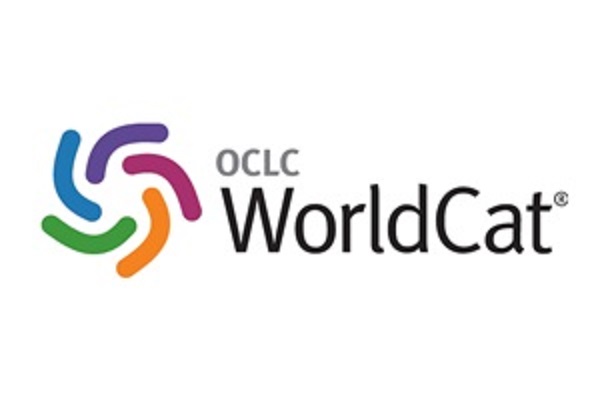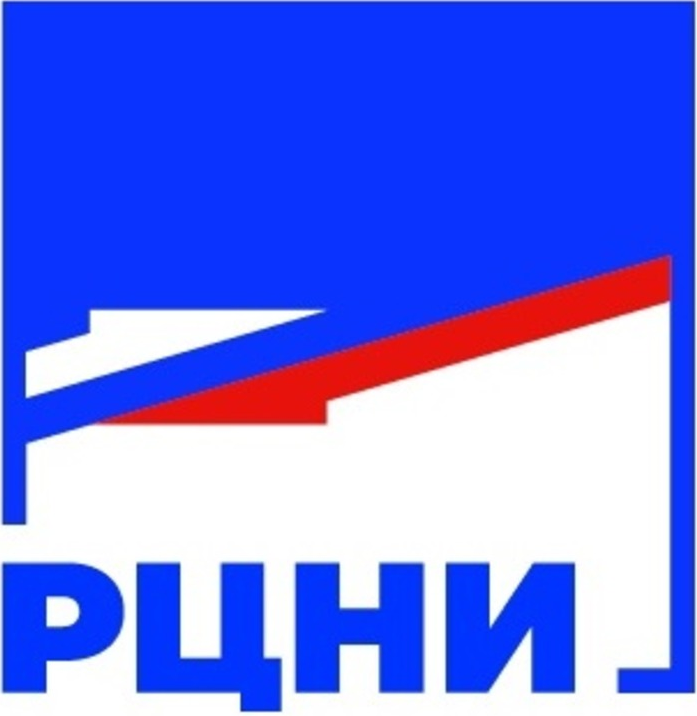Original article
https://doi.org/10.15507/2076-2577.017.2025.01.008-020
EDN: https://elibrary.ru/ybeiab
УДК / UDC 336.741.21:811.511.1
The Etymological Layers of Currency Unit Names in the Mordovian Languages
S. Maticsák
University of Debrecen, Debrecen, Hungary
Abstract
Introduction. The Middle Volga region was under the dominance of Turkic peoples for an extended period before becoming part of the Russian Empire in the 16th century. These historical circumstances significantly influenced all aspects of Mordovian life, as evidenced by the substantial number of Turkic and Russian loanwords in the language, including borrowed names for currency units. However, this layer of vocabulary has not been the subject of detailed study by historical linguists. The aim of this research is to trace the origins of Mordovian coin names and classify them into three etymological layers: Russian, Turkic, and Mordovian.
Materials and Methods. The article analyzes the etymology of 19 currency unit names, drawing on data from Mordvinic dictionaries from the 19th to the 21st century. The study employs the historical-comparative method, which has made it possible to distinguish three etymological layers.
Results and Discussion. The Mordovian people established early contacts with the Turkic populations of the region. Through trade relations, the term tengge entered the Mordovian language as a designation for currency. While it ceased to function as a monetary unit in the early 20th century, its plural form persists in the Russian language as dengi (money). Among Russian currency names, ruble and kopeck are commonly used in Mordovian, though research indicates that the Mordovian people were also familiar with and to some extent used the names of coins such as groshe, reshet, and treshnik, among others. Lexicographic analysis further reveals that certain words of Mordovian origin have either functioned or previously functioned as currency names. Examples include ašo (white), kičkeŕe (crooked), śav (awn), and čapo (notch). Particular attention is given to the Erzya word ur, which originally meant “squirrel”. Since squirrel pelts were used as a means of payment before the advent of formal monetary circulation, the term eventually acquired the meaning of “money”. A similar linguistic development is observed in other Finno-Ugric languages.
Conclusion. Further research on this issue should encompass the study of the etymology of currency names in other Finno-Ugric languages of Russia. Such an approach would provide a comprehensive understanding of the development of this lexical layer, the mechanisms and chronology of lexical borrowings, as well as the underlying motivations behind the naming of currency units.
Keywords: history of Mordovian culture, Erzya, Moksha, etymology of names of currencies, Russian and Tatar loanwords
Conflict of interest: The author declares no conflict of interest.
For citation: Maticsák S. The Etymological Layers of Currency Unit Names in the Mordovian Languages. Finno-Ugric World. 2025;17(1):8–20. https://doi.org/10.15507/2076-2577.017.2025.01.008-020
Information about the author:
Sándor Maticsák, Ph.D. (Philol.), Professor, Head of the Department of Finno-Ugric Linguistics, University of Debrecen (1 University Square, Debrecen 4025, Hungary), ORCID: https://orcid.org/0000-0001-9313-1162, Scopus ID: 56807207300, maticsak.sandor@arts.unideb.hu
Author has read and approved the final manuscript.
Submitted 24.09.2024; revised 09.12.2024; accepted 17.12.2024.


